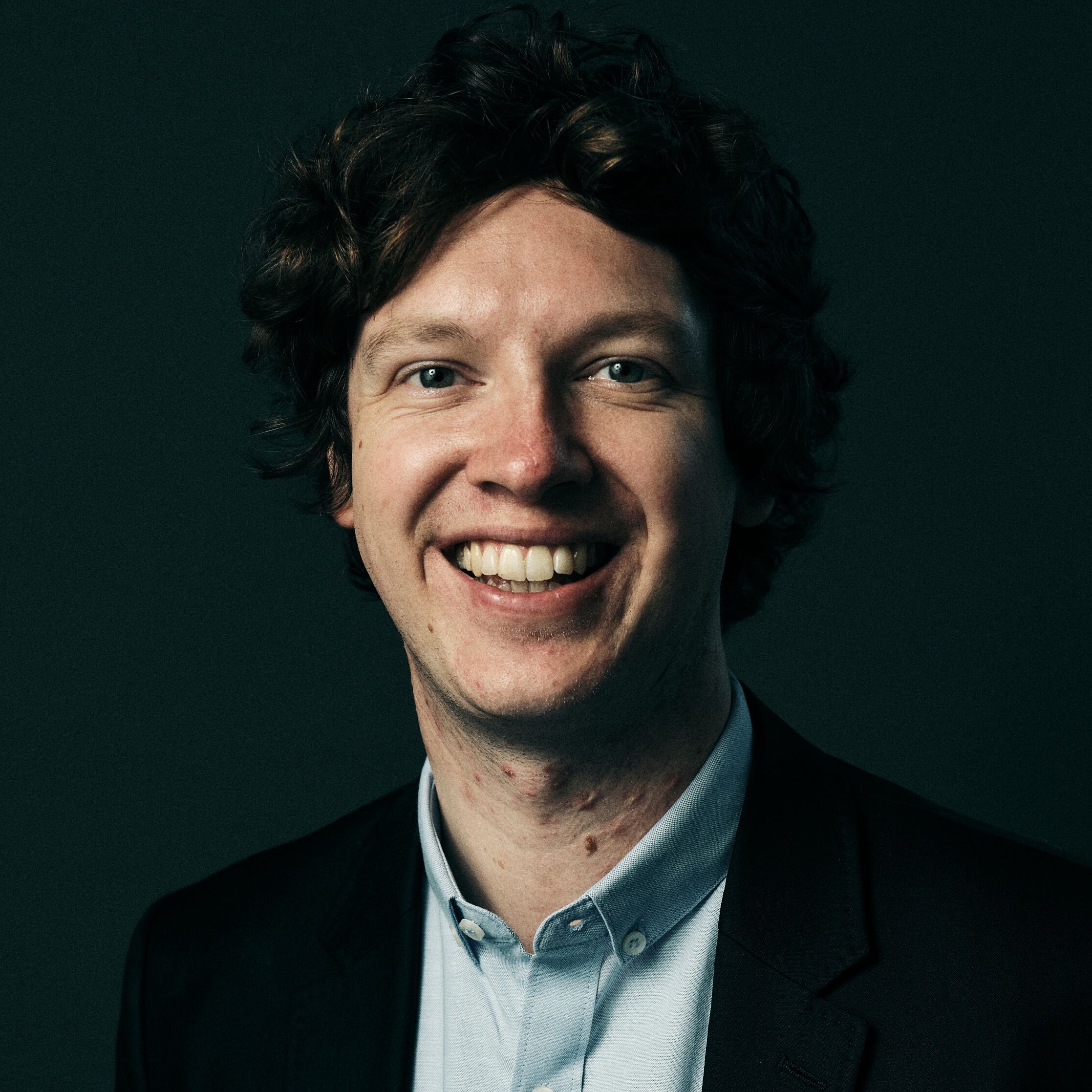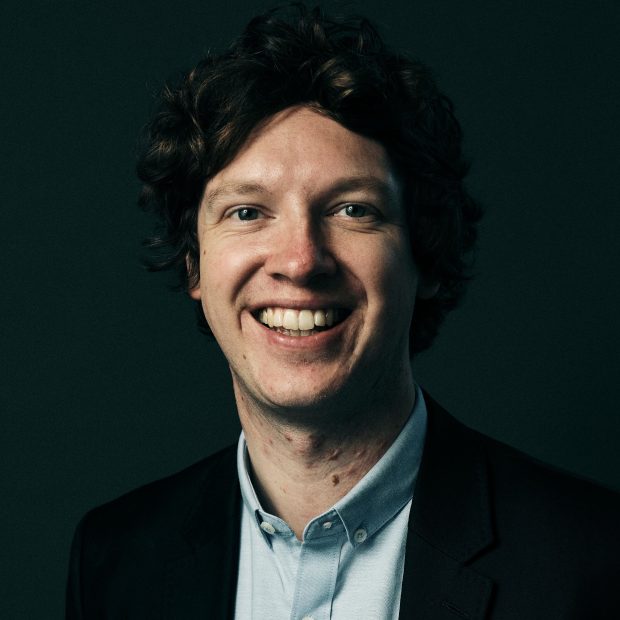Listen to this episode
On this episode
Convince change to happen.
You’ve got great ideas for change. It’s just a matter of putting these plans into motion. However, change needs to be something where everyone works together. You can’t just tell someone to do this or that. Because of this, change can be a challenge. But don’t let this discourage you! With the right message and space for a conversation, you can convince the people around you to make change happen.
In this episode of You Are Not a Frog, Toby Moore joins us for a conversation about communicating ideas and convincing people to change. We dive into creating a message that connects with people. You’ll find that sharing what you want, why you want it, and how you’ll do it can become a call to action. Discover how you can put your great ideas into motion through conversation and a better communication strategy.
Don’t stop your ideas from changing the world! Tune in to this episode to find out more about convincing your audience.
Show links
Start With Why by Simon Sinek
Sign up now and join our free online Anti-Challenge Challenge this January!
Sign up to get your CPD workbook for this episode.
About the guests

Toby Moore is the Curator and Director of TEDxBrighton for the past 10 years. He has helped them become one of the longest-running and largest TEDx events in the UK and Europe. His work as an author includes writing the books Trust at Scale and Make It. Toby has experience as an event marketing and communication specialist. He currently works with the youth to help them build brighter futures at The Hummingbird Project and Brighton Youth Center.
Follow Toby Moore
Reasons to listen
- Understand the importance of structuring your what, why, and how to create a convincing message
- Find the language that helps your audience understand, believe, and connect with you.
- Learn how you can have a call to conversation with your audience.
Episode highlights
Change for People
Elements of a Better Communication Strategy
Starting With Your _What _and _Why_
Connecting Your Reasons
Understand, Believe and Take Action
Using Lived Experiences as a Better Communication Strategy
The Importance of Structuring Your Message
Overcoming Objections
Top Three Tips to Encourage Change
Episode transcript
Rachel Morris: Do you get frustrated when you’ve had a really good idea about something, but you just can’t convince other people of how brilliant it is? Or perhaps you’re sick of trying to make changes at work, which you know would help everyone, but you just can’t seem to get anybody on board? This is something I’ve struggled with a lot. So this week on You Are Not a Frog, I’m joined by Toby Moore, communication specialist, writer, musician and curator of a TEDx Brighton event. Toby joins us to help us figure out just how to communicate your…










